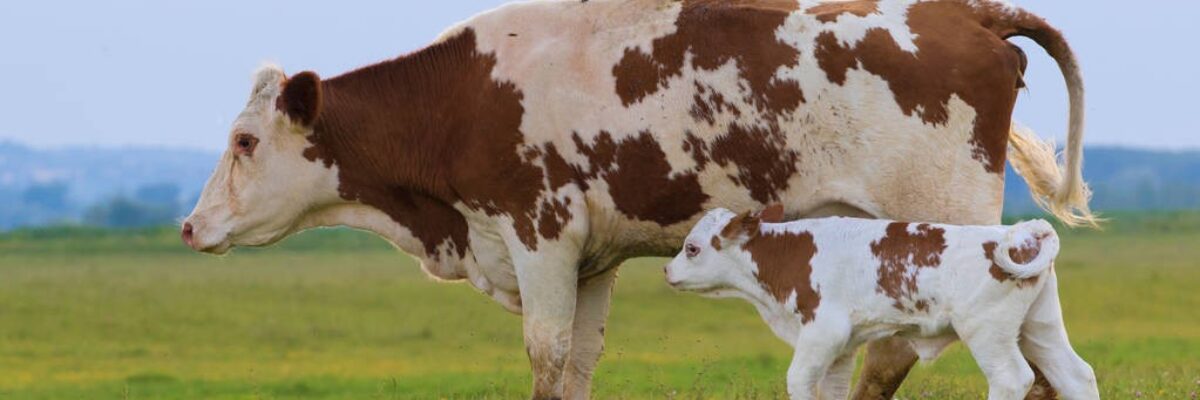Categories
Recent Posts
- Do these 7 things in spring pig breeding to reduce the number of pigs getting sick!
- Five ways to save money raising sheep!
- How to treat piglets without food? How do piglets lose weight without eating?
- In spring, the incidence of rumen food accumulation in cattle is high, pay attention to strengthen prevention and control!
- How to treat the fecal water of pig farms? These methods are worth learning
- What are the characteristics of black nose sheep? What food does black-nosed sheep not eat?
- Six things must be done to raise cattle in spring!
- What are the symptoms of cattle anthrax? Will cattle get sick after using anthrax vaccine?
- Summer is hot! How to prevent heatstroke and reduce the temperature of dairy cows?
- What is the reason for lack of manganese in cattle? What should cattle do if they lack manganese?
How to select reserve cows? What are the selection criteria for reserve cows?

The reserve cow refers to the cow at the conception stage from weaning to sexual maturity. Reserve cows should have certain breeding standards. First, we should observe the appearance and then select from some production indicators. The specific selection methods are as follows:
How to select reserve cow
- The fur is smooth and bright
Whether there is something wrong with the cattle can be seen from its fur. Cattle with good physique have smooth and shiny fur. If the skin of the cattle is dry and charred, it is a typical case of malnutrition, and such cattle are generally ill. It is not recommended to buy breeding cows - Watch legs
Good breeding cows have strong limbs, strong physique, strong resistance to disease, and can grow into big ones. The future calves have good physique. Some cattle with thin limbs, most of which are mixed blood cattle, have weak physique, small growth, poor disease resistance, and the breeding calves are not very healthy. In addition, we can also observe the front and back crotch of cattle. The cattle with wide front span have developed lungs, good physique and high meat yield. Cattle with wide back crotch have developed breasts and good milk. - Back width and waist length
The back width and waist length are important indicators for us to select basic cows. If the cow has a concave waist, a bow back, a short waist and poor reproductive function, it is not suitable for breeding cows. - Observe mouth features
First observe the oral mucosa. If there are blisters and canker spots, they often suffer from foot and mouth disease, infectious stomatitis and other diseases, so it is not recommended to choose breeding cows. The peak period of cow’s fecundity is 2 to 6 years old. We can observe the cow’s teeth and judge the cow’s age to determine whether the cow is suitable for reproduction.
Cow’s baby teeth are small, white, thin and long, while the big ones are big, yellow, thick and wide. For cattle aged 1.5 to 2 years old, one pair of deciduous teeth in the middle will be replaced and one pair of large plate teeth will grow; The second pair of deciduous teeth and the second pair of large plate teeth grow in cattle aged 2.5 to 3 years; Cattle aged 3-3.5 years old had the third pair of large plate teeth replaced; Cattle aged 4 to 4.5 years old were replaced with the fourth pair of large plate teeth. Since then, the older the cattle, the more serious the tooth wear.
Selection criteria for reserve cows
(1) Weaning weight. Generally, calves with heavy weaning weight are selected. However, recent studies have shown that first born cows with high growth offspring value usually have longer post calving rest intervals and are more difficult to conceive again. In addition, only selecting female calves with large body weight may lead to the increasing demand for maintaining the average mature weight of the herd, which is not conducive to the reduction of costs. Therefore, it is necessary to select a reserve cow with suitable weight, and consider the balance between birth date, expected offspring value, actual performance and calf weight
(2) Female calves born earlier in the calving season will have a longer growth period and tend to weigh more when pregnant. Therefore, they are the daughters of cows with high reproductive efficiency and have the potential to achieve higher reproductive efficiency
(3) Cow production record
(4) Difference in expected offspring of breeding males. The expected offspring difference is the expected difference of the production performance of a bull’s offspring compared with the average expected production performance of all offspring of the bull in the variety. The expected progeny difference value is a * * powerful indicator that can be used to guide the genetic change of the population
(5) Weight balance of female calves. Eliminate calves that are overweight or underweight
(6) Temperament. Choose a meek weaned female calf
(7) Elimination of male and female calves (a cow whose sex characteristics are not fully developed or sterile because one of the twins is a bull)
(8) Select 20% more reserve cows that are actually needed to meet the needs of elimination due to breeding failure. The growth rate of the reserve cows should enable the cows to reach their estrous target weight before the expected breeding season, that is, the cows can reach 65% of their mature weight under the condition score of 5~7.
The above are some methods for selecting reserve cows. I hope they can help you to select a good reserve cow, so that the cows in our cattle farm can produce high yield and make more money.
